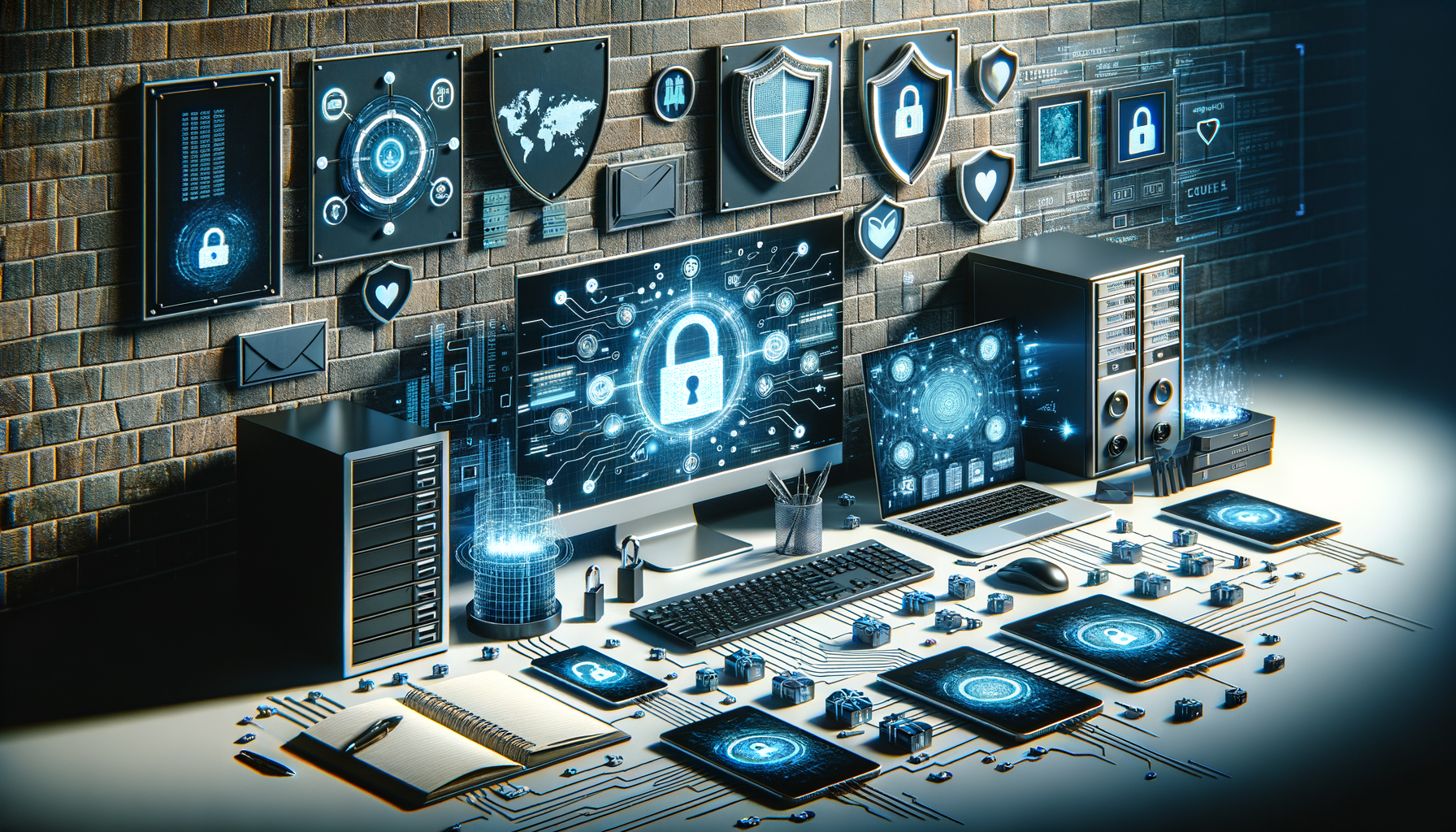Understanding Cybersecurity: The Basics
In today’s digital age, cybersecurity is a crucial aspect of protecting both personal and professional information from online threats. The landscape of cyber threats is continually evolving, with hackers devising new ways to breach security systems. Understanding the fundamentals of cybersecurity is essential for anyone who uses digital devices. Cybersecurity involves a range of practices and technologies designed to protect networks, devices, and data from unauthorized access or attack.
At its core, cybersecurity is about safeguarding data and ensuring the integrity, confidentiality, and availability of information. This includes implementing measures such as firewalls, encryption, and secure passwords. With the increasing prevalence of data breaches, the importance of cybersecurity cannot be overstated. Organizations and individuals alike must stay informed about the latest security threats and solutions.
Common cyber threats include phishing attacks, where attackers trick users into providing sensitive information, and ransomware, which locks users out of their systems until a ransom is paid. To combat these threats, cybersecurity experts recommend a multi-layered approach that includes both technological solutions and user education.
The Importance of Strong Passwords and Authentication
One of the simplest yet most effective cybersecurity measures is the use of strong passwords. Weak passwords are a common vulnerability that cybercriminals exploit to gain unauthorized access to accounts. A strong password is typically a combination of letters, numbers, and special characters, making it difficult for attackers to guess.
In addition to strong passwords, enabling two-factor authentication (2FA) adds an extra layer of security. 2FA requires users to provide two forms of identification before accessing an account, such as a password and a code sent to their mobile device. This significantly reduces the risk of unauthorized access, even if a password is compromised.
Organizations should encourage employees to use password managers to generate and store complex passwords securely. Regularly updating passwords and avoiding the reuse of passwords across different accounts are also vital practices. By prioritizing strong passwords and authentication, individuals and businesses can greatly enhance their cybersecurity posture.
Keeping Software Updated: A Simple Yet Effective Strategy
Regular software updates are a critical component of cybersecurity. Software developers frequently release updates to patch vulnerabilities that could be exploited by cybercriminals. Failing to install these updates can leave systems exposed to attacks.
Many people overlook the importance of updating their software, assuming that it is a minor task. However, outdated software can serve as an open door for hackers. Automated updates can help ensure that all systems and applications are up to date without requiring manual intervention.
Organizations should implement a patch management strategy to keep all software current. This includes operating systems, antivirus programs, and any other applications used within the organization. By staying on top of updates, businesses can protect themselves from known vulnerabilities and reduce the risk of a cyberattack.
Exploring Advanced Cybersecurity Solutions
While basic cybersecurity measures are essential, advanced solutions are often necessary to protect against more sophisticated threats. These solutions include intrusion detection systems (IDS), which monitor network traffic for suspicious activity, and intrusion prevention systems (IPS), which take action to block potential threats.
Another advanced technology is the use of artificial intelligence (AI) in cybersecurity. AI can help detect patterns and anomalies that may indicate a cyber threat, allowing for faster response times. Machine learning algorithms can analyze vast amounts of data to identify potential security risks and suggest appropriate countermeasures.
Organizations should also consider implementing a comprehensive cybersecurity framework, such as the NIST Cybersecurity Framework, which provides guidelines for managing and reducing cybersecurity risks. By investing in advanced cybersecurity technologies, businesses can better protect their digital assets and maintain a secure environment.
Educating Users: The Human Factor in Cybersecurity
While technology plays a significant role in cybersecurity, the human factor remains a critical component. Many cyberattacks succeed due to human error, such as falling for phishing scams or using weak passwords. Educating users about cybersecurity best practices is essential for reducing these risks.
Organizations should conduct regular training sessions to keep employees informed about the latest cyber threats and how to avoid them. This includes recognizing phishing emails, understanding the importance of data protection, and knowing how to respond in the event of a security incident.
Creating a culture of cybersecurity awareness can empower users to take an active role in protecting their information. By fostering an environment where cybersecurity is a shared responsibility, organizations can enhance their overall security posture and reduce the likelihood of a successful cyberattack.




Leave a Reply